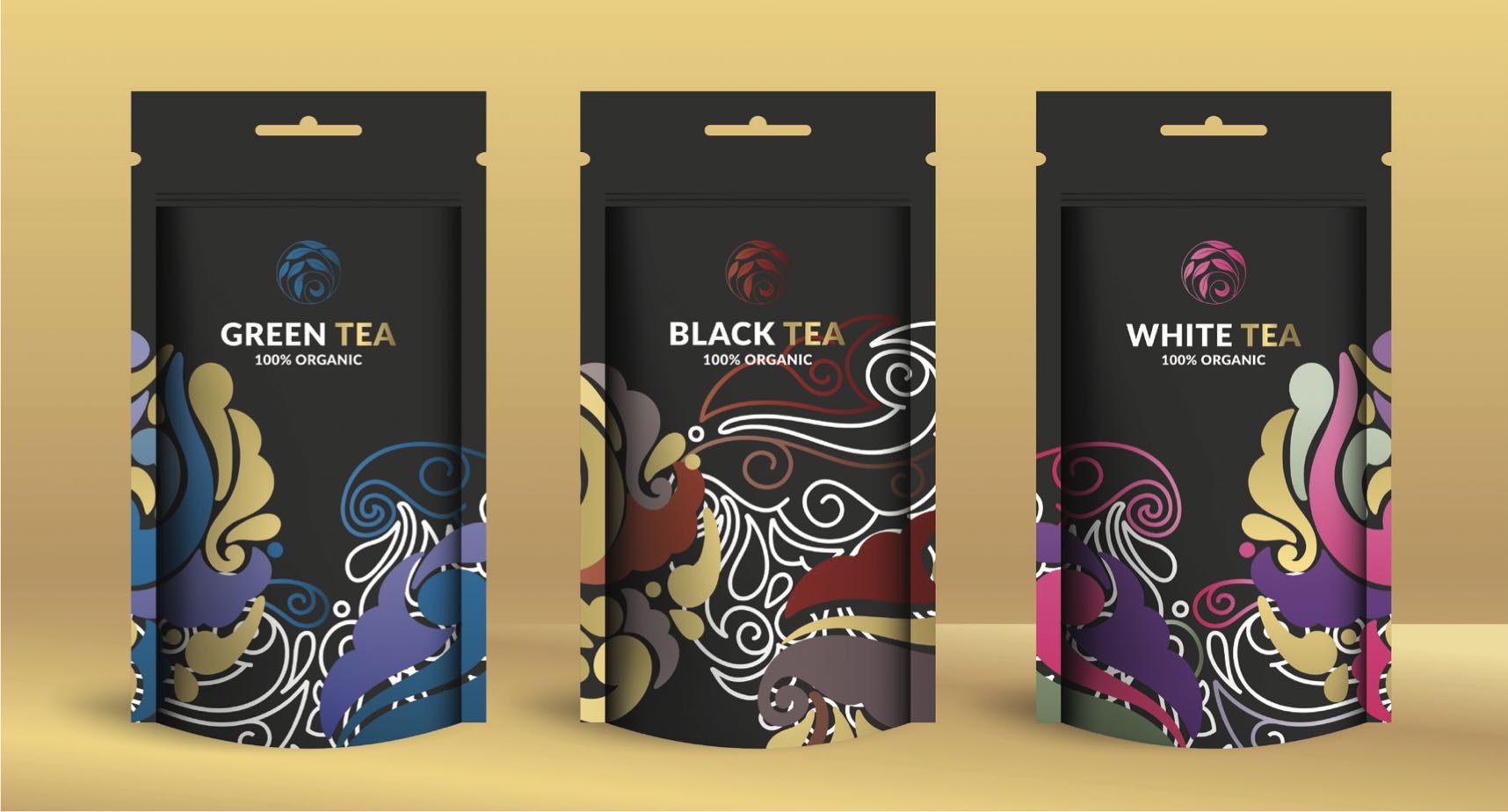Stand Up for Digitally Printed Pouches
- Published: February 21, 2022
By Rodney Pennings, Director of Sales, PCL
Stand-up pouches are appearing on more grocery store and e-commerce shelves than ever before. According to a recent study by Precedence Research, the stand-up pouch market is expected to be worth $18.5 billion by 2027. These pouches can be made on converting equipment with attached digital printers, creating the package with graphics in one quick process. Increasingly, CPGs within the food and beverage industry are choosing stand-up pouches over rigid bottles, glass jars or on more grocery store and e-commerce shelves than ever before. According to a recent study by Precedence Research, the stand-up pouch market is expected to be worth $18.5 billion by 2027. These pouches can be made on converting equipment with attached digital printers, creating the package with graphics in one quick process. Increasingly, CPGs within the food and beverage industry are choosing stand-up pouches over rigid bottles, glass jars or aluminum cans for high-quality packaging solutions.
Whether it’s a new product launch, a seasonal addition or a limited edition item, stand-up pouches add value for packagers, carriers and consumers. Below are a few reasons to consider this an adaptable packaging option.

Quick Changeovers With No Tool Adjustments
Traditional printing requires highly skilled technicians who transfer artwork to plates, then use those plates to make thousands of identical copies. Setting up and printing a new design can take days or weeks, and the time involved makes small print runs cost prohibitive. Digital printers require limited machine setup and can be run by any employee with the right software training, saving significantly on print time and labor costs.
Imagine a customer who markets various berries all in the same size package. This customer wants 2,000 packages for each type of berry with the same size pouch and different artwork for each. With traditional printing methods, there would be expected delays while technicians prepared the presses to produce each new design.
Now imagine that design is put on a pouch converting machine that is designed specifically for short runs, compact size, fast changeovers and digital printing. With digital printing, once artwork is submitted, that branded package can start being produced within minutes. In fact, that machine can produce pouches with three different designs without stopping. The savings in lead time, costs, inventory and time-to-market can offer a significant advantage to packaging customers.
Shorter Runs Benefit New Products
Today’s consumers look for variety in food and beverage offerings — new flavors, textures and products. In response, food product developers may come out with prototype or limited-edition products that are not produced in quantities that make traditional packaging practical. Packagers can differentiate their products using shorter runs of stand-up pouches with multiple designs and SKUs. Adding to their market effectiveness, stand-up pouches are distinctive in grocery stores and e-commerce sites.
And because digital printing is less expensive for short runs, it can make high-quality packaging more affordable for small businesses. Digital printing produces smoother vignettes, more natural colors and improved product images than competitive print processes. Smaller producers can still get high-quality, eye-catching packaging without the large print runs that are required to make traditional printing cost effective.
Leveraging Existing Printing Equipment
Digital printing is changing flexible packaging in several ways. Traditional, large-scale printers and flexible packaging providers with pouch converting machines are retrofitting those existing systems with digital printing equipment, creating bold new product packaging with their current infrastructure. There are also hybrid setups that combine digital printing and flexographic printing on the same line.
A growing number of companies in the digital printing space are beginning to use pouch converting as another means to sell their digital printing. They can sell it as roll stock into packaging, use it on other promotional items or make pouches out of it. Often, these are narrow web or label-type printers who are now going into flexible packaging and making stand-up pouches — customers who are new to pouch converting. As the package becomes the label, printers are discovering that flexible packaging is a promising and profitable way to use that extra printing capacity.
Seizing the New Paper Pouch Advantage
Some consumers perceive paper materials to have a lower carbon footprint than plastic, so the industry is seeing digital printing on stand-up pouches and other packages made from a paper-based substrate. In the past, packagers laminated polyethylene to paper to heat-seal it in packaging machines, but new technology allows a non-PE-based coating to heat-seal paper in traditional packaging machines. Stand-up paper pouches provide an advantage in a variety of markets and customers can now choose paper product packaging that is certified as 100 percent compostable, recyclable and biodegradable.
Digital Printers Require Less Training
The printing and packaging industries have been hit by the same workforce shortage as around the world. Traditional printing press operators are highly skilled, in-demand individuals that require time to master the process. With digital printing, the process can be mastered by someone who is familiar with graphics on a computer — a much wider pool of people to recruit new employees. By using high-skill platemakers on traditional large run projects and making digital printing equipment easy to learn, more future workers can qualify to delight customers and their consumers.
Sustainability With Pouch Packaging
Flexible pouches offer sustainability benefits for both packaging customers and consumers. Flexible packaging is lighter weight, takes up less space on a truck or in a direct-to-consumer box, and requires less material to produce. Reducing weight and size makes better use of carrier space, which reduces the carbon footprint of the entire supply chain.
Post-consumer, flexible packaging also reduces the amount of landfill space compared to a rigid container.
Pouches are also being made of more sustainable materials such as recyclable or compostable materials, and industry leaders are working to develop a more robust system and increase consumer education to recycle or compost at the community level.
Preserving Food and Beverage Quality
Flexible pouches can be both collapsible and resealable, keeping air away from products to preserve freshness. Maintaining the quality of food in flexible packaging provides a positive brand experience, ultimately helping the consumer make repeat purchases.
Printed Stand-Up Pouches Provide Solutions
Compared to rigid packaging, flexible stand-up pouches offer more eye-catching designs, preserve product fresh- ness, reduce weight and save space for customers and consumers. Adding digital printing capabilities to pouch converting equipment creates opportunities to serve smaller businesses, accept short-run projects and provide fast turnaround with lower labor costs.
 About the Author
About the Author
Rodney Pennings is the director of sales for Paper Converting Machine Company. PCMC is a leader in tissue converting, packaging, flexographic printing, bag converting and nonwovens technology. Learn more at www.pcmc.com.












